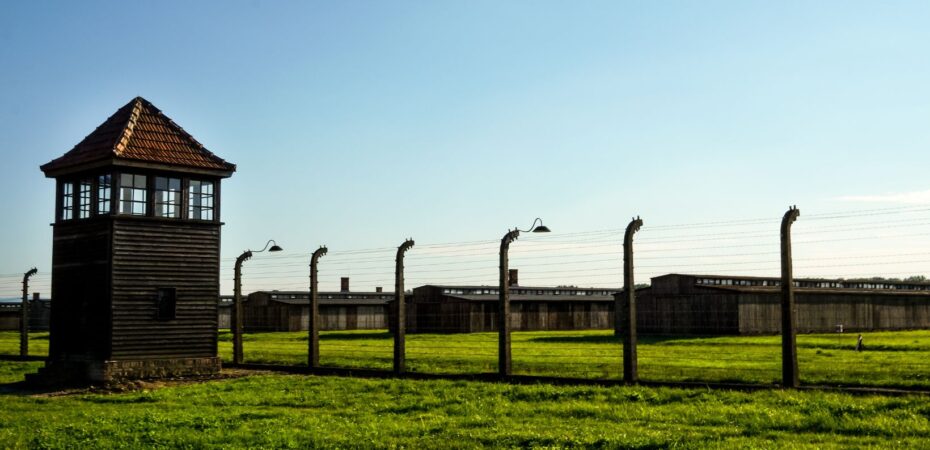The Auschwitz Birkenau Museum serves as a reminder of some of humanity’s darkest times. This museum arose from the ashes of one of the most prominent World War II concentration and extermination camps and now serves as a memorial to those who lost their lives in unimaginable suffering.
The museum itself was originally established in 1947, only two years after the liberation of the notorious concentration camp. Over the years, it has evolved to reflect the changing understanding of the holocaust and its enduring relevance today.
This Museum welcomes visitors from all over the world, offering an Auschwitz Tour, for people to have a deeper understanding of the past and emphasize the importance of tolerance and remembrance. If you find yourself in the Krakow area of Poland, you can go on one of the Krakow Tours. Here is everything you can find at the museum and what they represent.
Auschwitz I Main Camp Exhibition
Throughout the entire museum, visuals are laid out for visitors to gain a better understanding of what happened in each section or block. In this first section, known as Auschwitz I main camp, you will be able to have a comprehensive look into the history and operations of the Auschwitz Concentration Camp.
This exhibition is located in several of the original camp barracks and focuses on the development of the concentration camp itself. It features a number of displays showing personal belongings that were confiscated from prisoners, including shoes, clothing, glasses, and even luggage.
In addition to this, the exhibition includes photographs, documents, and artifacts that describe the daily lives of prisoners and the brutal conditions they were made to endure.
Exhibition in Block 4 – “ Extermination”
The next exhibition you might come across is Exhibition in Block 4 – “Extermination”. From the name of this exhibition, it is quite easy to guess what it might be before even entering. There is no doubt that what happened in these concentration camps was horrendous, and extermination, in their terms, was just another part of it.
The Extermination Exhibition is located in Block 4 of the Auschwitz I camp and is where you will find a detailed and comprehensive overview of the systematic mass murder that was carried out repeatedly at Auschwitz Birkenau.
This detail includes information about the gas chambers, crematoria, and even the process of selection upon arrival at the camp. Photos and documents, in addition to survivor testimonies, can show just how brutal this was.
Exhibition in Block 5 – “ Material Evidence of Crime”
Moving on to the next exhibition, The Exhibition in Block 5 of Auschwitz, I focus on the Material Evidence of Crime. Here, you will find material evidence of crimes that were committed at the camp during the holocaust.

With everything from displays of human hair shaved from prisoners’ heads and used to make textiles, to prosthetic limbs, pots and pans, and other items made from confiscated materials. This is one of the most horrific parts of the museum.
This exhibition showcases the dehumanization and exploitation that was suffered by prisoners.
Exhibition in Block 27 – “ Witnesses”
The exhibition in Block 27 focuses on the witnesses of these horrendous acts performed at Auschwitz I. This exhibition is dedicated to the testimonies of survivors and witnesses of the holocaust and how they recount it.

In this exhibition, you will find features such as audio-visual recordings or survivor testimonies, displays of letters, diaries, and other personal accounts that document the experiences of those who lived through the horrors of Auschwitz-Birkenau.
Auschwitz II-Birkenau Memorial Site
Last but not least is the memorial site, which serves as a dedication to memorialise the victims in their millions who perished there. Here, you will see the remains of the gas chambers and crematoria, as well as the ruins of prisoner barracks and other buildings.
This memorial site includes a number of monuments and memorials dedicated to specific groups of victims of the holocaust, such as the Jewish, Roma, and political prisoners.
The aim of the museum as a whole is to educate visitors about the history of the Holocaust and honor the memory of those who suffered through it.


 By
By 




